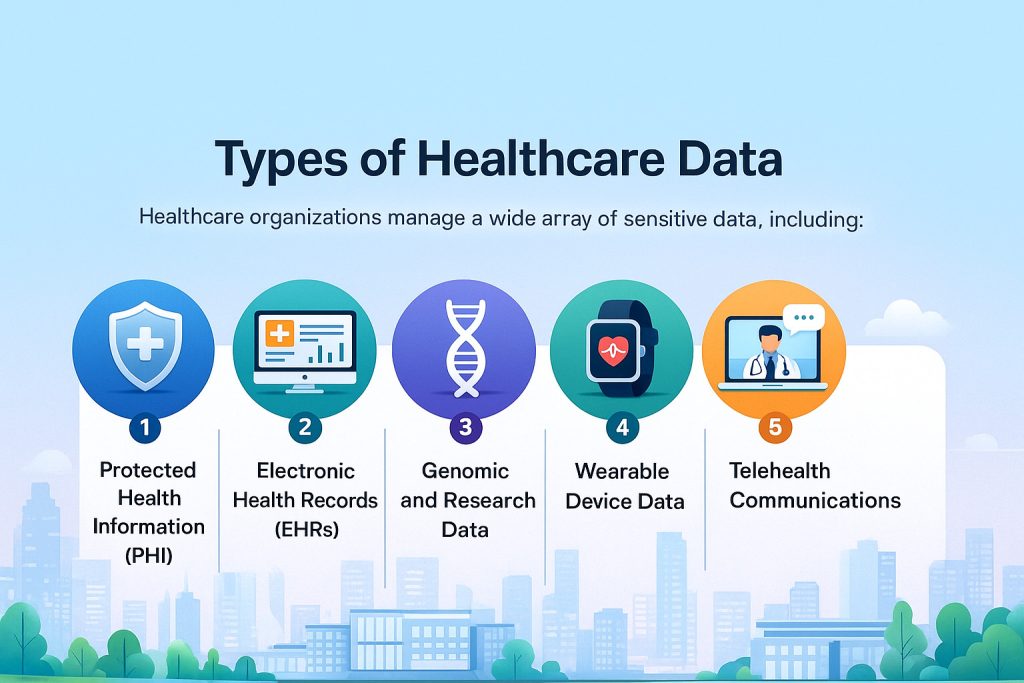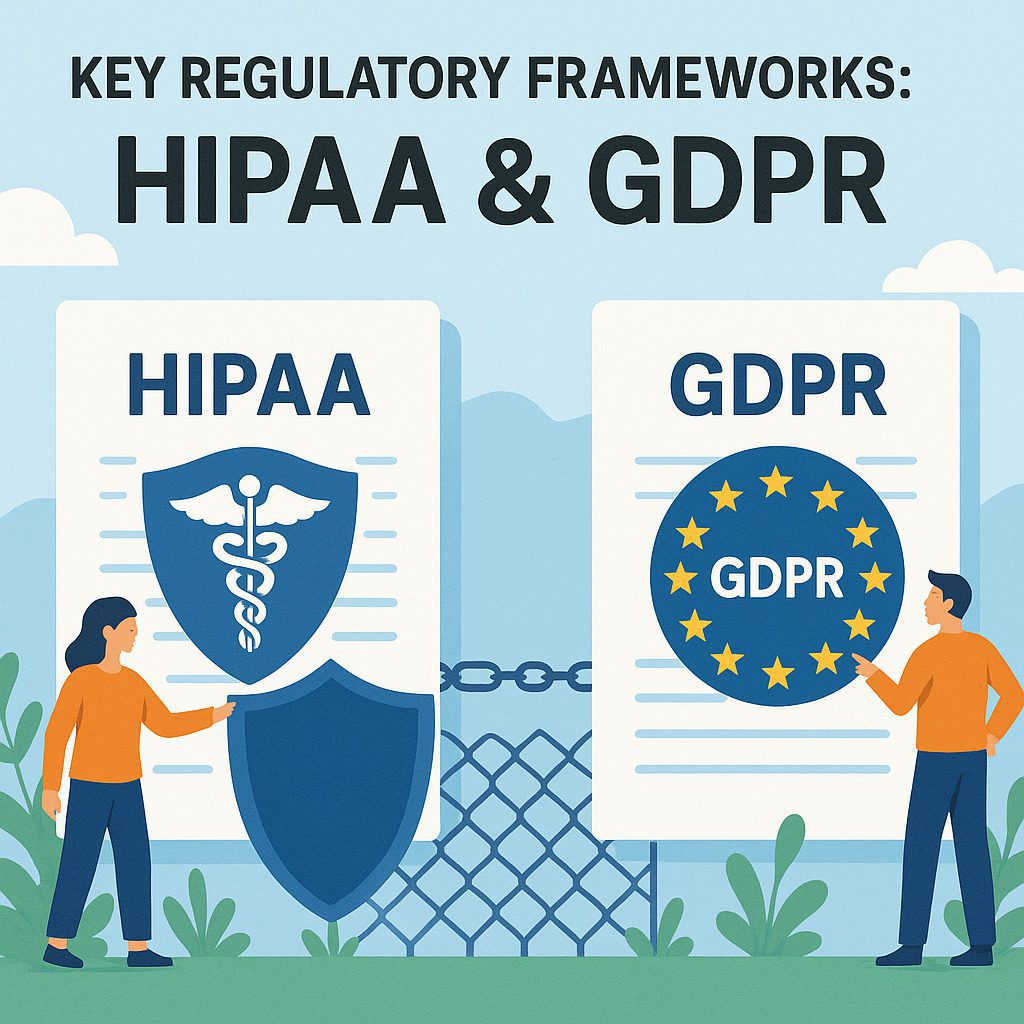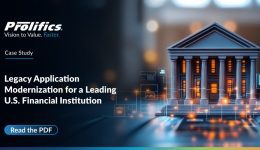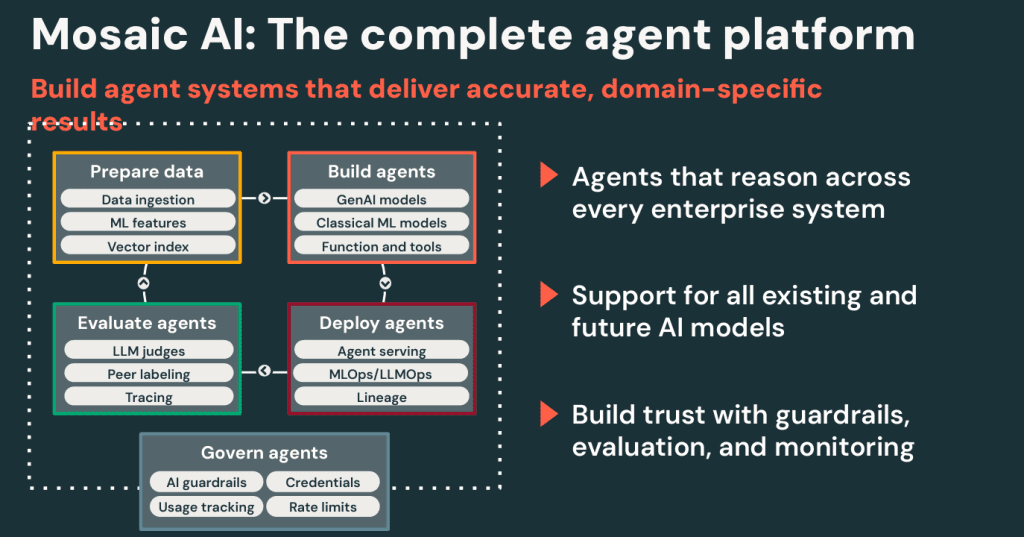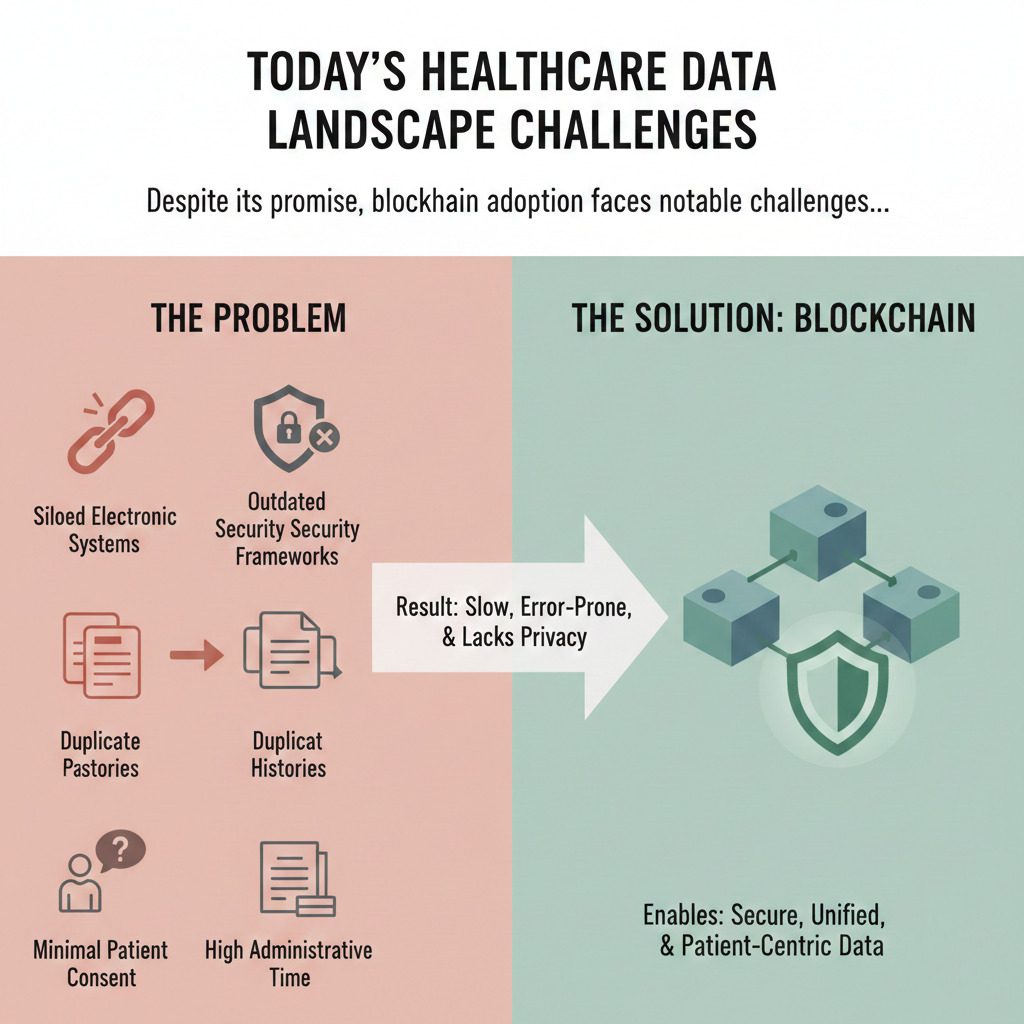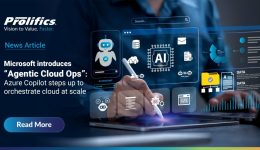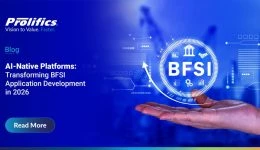Brickbuilder 2026: How Databricks Accelerators Are Reshaping the Future of Enterprise AI
Enterprise AI has shifted from a nice-to-have idea to an urgent business priority. Companies want better insights, faster decisions, and smarter automation, but most are still struggling to get there. Data is scattered. Governance is inconsistent. Infrastructure is complex. AI projects stall before they ever reach production.
Databricks is closing this gap. The latest generation of Databricks Brickbuilder Accelerators brings a fresh approach to building enterprise-ready AI. These accelerators combine proven architectures, industry templates, reference implementations, and go-to-market alignment so organizations can move from interest to impact quickly and confidently.
Enterprises across industries, financial services, healthcare, retail, manufacturing, public sector, and more, are rapidly shifting from AI “exploration” to AI “execution.” Enterprise AI adoption with Databricks accelerators is now accelerating this transformation. Databricks’ Data Intelligence Platform unifies data, governance, analytics, and AI into a single foundation that eliminates silos and accelerates innovation.
The platform’s core capabilities, including Unity Catalog implementation, Mosaic AI enterprise applications, DB SQL, Lakeflow, Lakebase, AI/BI, Marketplace, and Apps, create a future-proof ecosystem for building, tuning, governing, and deploying enterprise-grade AI.
Prolifics: Your End-to-End Databricks Partner for Acceleration
As Databricks evolves its GTM priorities, from Unity Catalog adoption to GenAI, MLOps, agent frameworks, data intelligence, and industry-aligned solutions, the need for specialized partners becomes critical. According to the Brickbuilder Program, Databricks recognizes and rewards partners who bring:
- Proven industry solutions
- Product-aligned accelerators
- Deep certifications and specializations
- Demonstrated customer success
- Innovation on the Data Intelligence Platform
Accelerators That Shorten Your Time-to-Value
Prolifics leverages Databricks Brickbuilder Accelerators to speed up AI deployment and reduce implementation risk. The program, highlighted, outlines a powerful method to:
- Build faster on Databricks
- Align to Databricks’ product roadmap
- Gain access to prescriptive architectures
- Deliver validated solutions with proven customer outcomes
We help you activate these accelerators across:
1. Unity Catalog Adoption
Accelerate governance across ALL your data and AI assets, tables, models, dashboards, vector indices, unstructured content, and centralize access controls, discovery, lineage, and secure sharing.
Unity Catalog is clearly positioned as the foundation layer of Databricks. Prolifics helps you deploy it seamlessly, ensuring compliance, security, and enterprise-scale governance.
2. GenAI and Mosaic AI Solutions
GenAI solutions with Databricks and Mosaic AI enterprise applications introduce the complete enterprise agent platform, enabling:
- Model fine-tuning
- Guardrails + LLM judges
- Vector search
- Agent serving
- Evaluation + tracing
- Full MLOps/LLMOps
Prolifics builds GenAI apps, AI copilots, customer-facing bots, internal automation tools, LLM-driven knowledge systems, and domain-specific AI pipelines with these capabilities.
3. Agent Bricks Integration
Databricks Agent Bricks automates the building of data-optimized agents at scale Prolifics leverages these components to create robust enterprise agents that safely reason across internal systems and deliver accurate, domain-specific outcomes.
4. Lakeflow Pipelines + Designer
Lakeflow accelerates ingestion, ETL, and orchestration with intelligent optimizations and AI-powered design. Prolifics helps you:
- Modernize ETL
- Automate orchestration
- Remove bottlenecks
- Build scalable pipelines
- Reduce operational overhead
5. Data Warehouse Modernization with Lakebridge
Lakebridge data warehouse modernization simplifies DW-to-lakehouse migrations with:
- Deep scanner analysis
- LLM-driven code conversion
- Lakeflow-powered data migration
- Automated reconciliation
Prolifics enhances this process with our proprietary methodology, ensuring full validation, performance tuning, and enterprise-grade governance. This supports data warehouse to lakehouse migration with Databricks effectively.
Industry Solutions That Drive Real Business Outcomes
Databricks outlines 15 sub-verticals and six major industry categories where accelerators and specializations deliver the biggest impact. Prolifics builds and deploys solutions tailored to your industry’s needs, including:
- Financial Services: fraud detection, risk scoring, churn prediction
- Healthcare & Life Sciences: patient 360, clinical forecasting, claims automation
- Retail & Consumer Goods: personalization, demand forecasting, price optimization
- Manufacturing & Energy: predictive quality, OEE analytics, inventory optimization
- Public Sector: citizen services, utilities insights, security analytics
With Prolifics + Databricks, you don’t get generic templates; you get industry-engineered, enterprise-ready solutions that deliver measurable results.
Why Prolifics? The Partnership That Delivers
Your data landscape is evolving, and the stakes are too high for trial-and-error innovation. Prolifics combines:
✔ Deep Databricks Expertise
We align directly to Databricks GTM priorities across Unity Catalog implementation, Mosaic AI enterprise applications, Lakeflow, DB SQL, and migrations.
✔ Certified Talent + Technical Excellence
The Brickbuilder program requires partners to maintain high levels of certifications and specialized skills. Prolifics meets and exceeds these expectations with a rapidly growing Databricks-certified practice.
✔ Proven Accelerators + IP
We build product-aligned IP and deliver accelerators that reduce cost, risk, and time-to-value, perfectly aligned with Brickbuilder benefits like GTM alignment, brand differentiation, and customer success.
✔ Industry Experience + Customer Evidence
As outlined in the partner eligibility requirements, demonstrating customer success is essential. Prolifics brings decades of sector-specific delivery excellence.
✔ A Complete Data + AI Transformation Partner
We don’t just deploy technology; we operationalize it for impact.
The Bottom Line: AI Winners Are Being Built Right Now
The companies that will lead the next decade are the ones modernizing their data infrastructure and activating AI today, not tomorrow. How Databricks accelerators speed up AI deployment ensures enterprises achieve measurable outcomes.
Databricks provides the world’s most powerful Data Intelligence Platform. Prolifics ensures you extract maximum value from it, faster than your competitors.
If you want to:
- Modernize data pipelines
- Accelerate GenAI adoption
- Empower teams with governed data
- Deploy AI agents safely
- Build intelligent applications
- Lower data warehouse costs
- Create a scalable data foundation
Partnering with Prolifics is the fastest, safest, and smartest path forward.
AI Gets Easier in 2026
The Brickbuilder Accelerators Program represents one of Databricks’ boldest steps toward simplifying enterprise AI. It brings together governance, automation, industry depth, and platform innovation in a way that helps organizations move faster with confidence. With unified data, trustworthy AI foundations, and ready-to-deploy accelerators, teams can finally build AI on those scales.
Whether you are a business leader focused on outcomes or a technical team managing rising demand, one thing is clear. AI does not have to be complicated. With Brickbuilder, the path to intelligent, production-ready solutions is clearer than ever.
Prolifics is here to help you take that next step. Our Databricks specialists guide you from strategy to implementation, using Databricks Brickbuilder Accelerators, GenAI solutions with Databricks, and proven accelerators to turn AI ambition into real business value.




